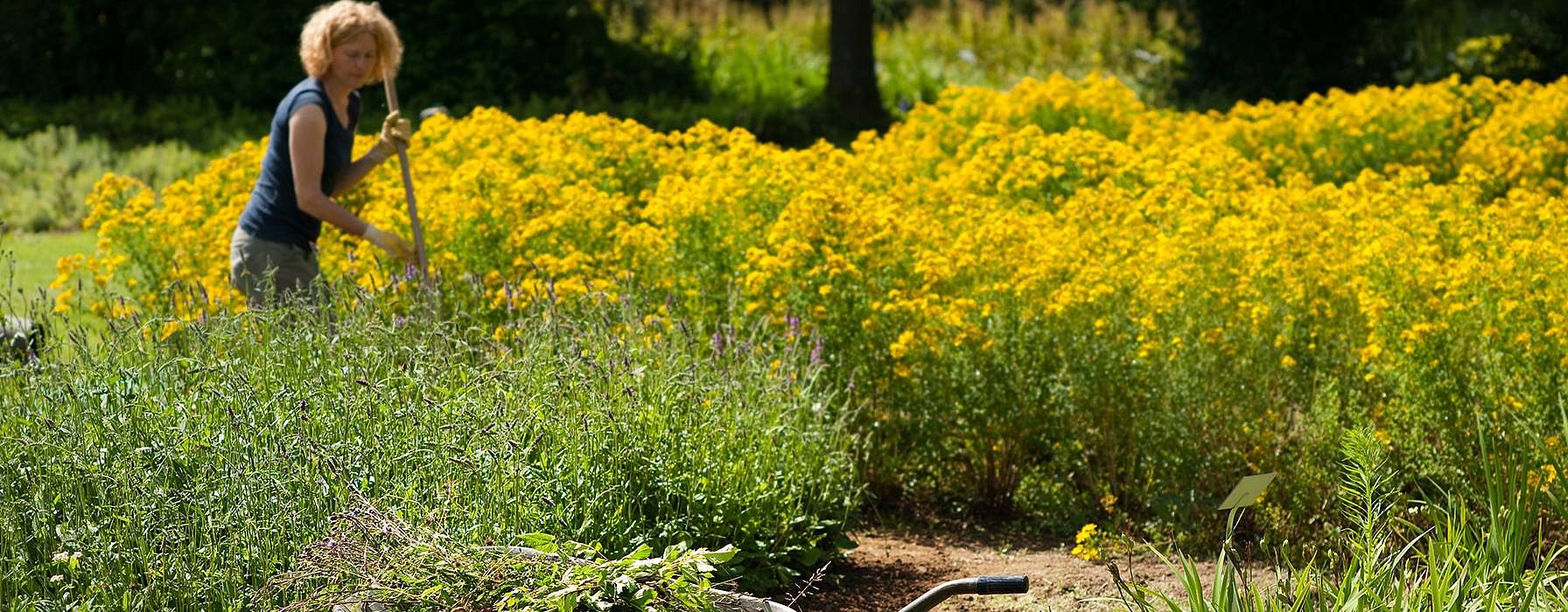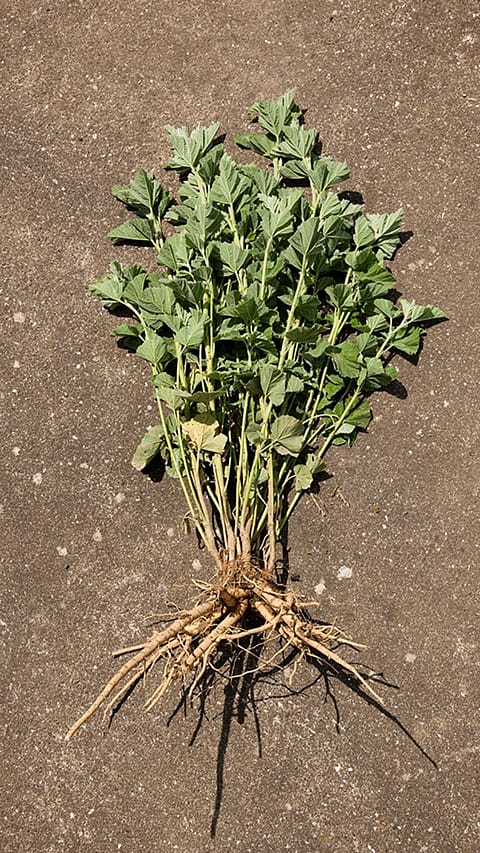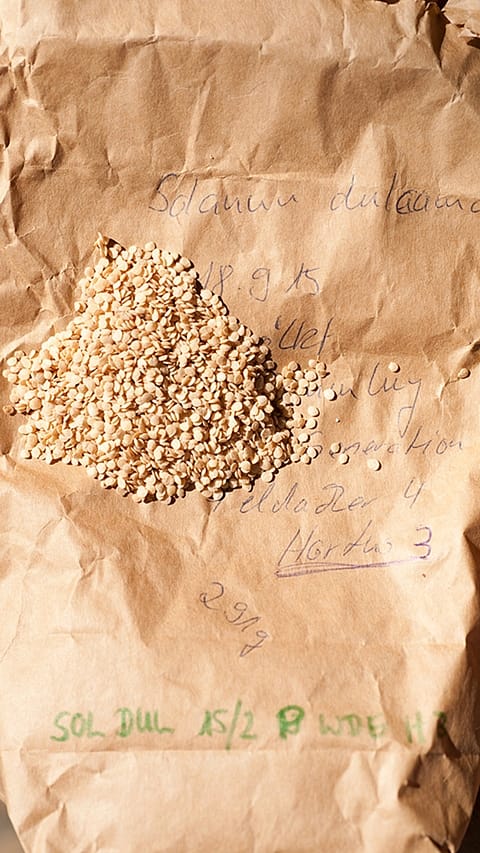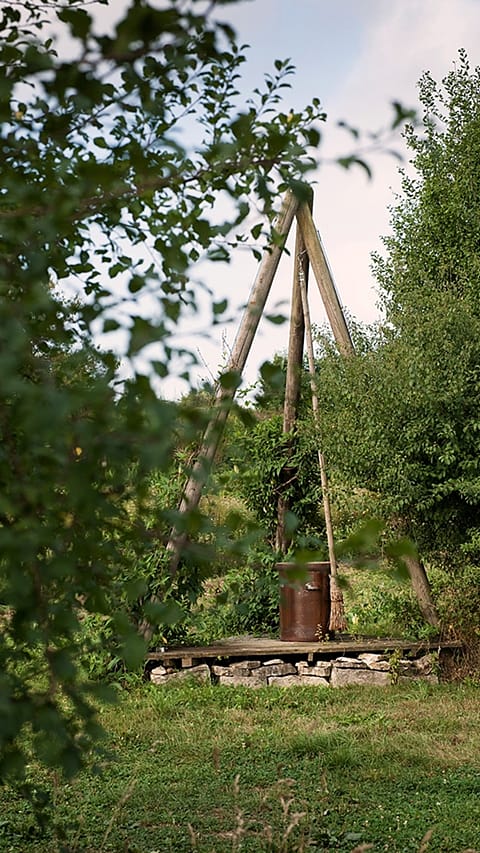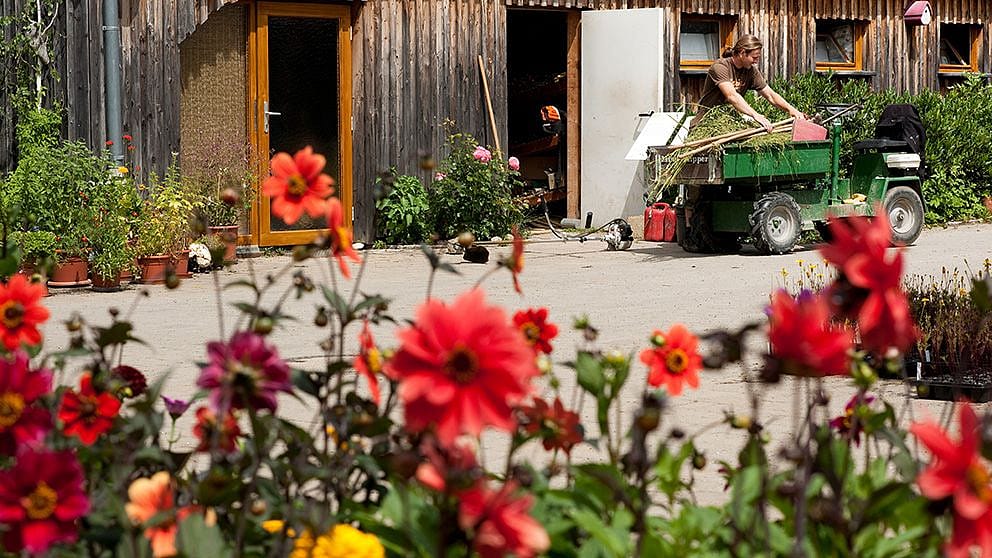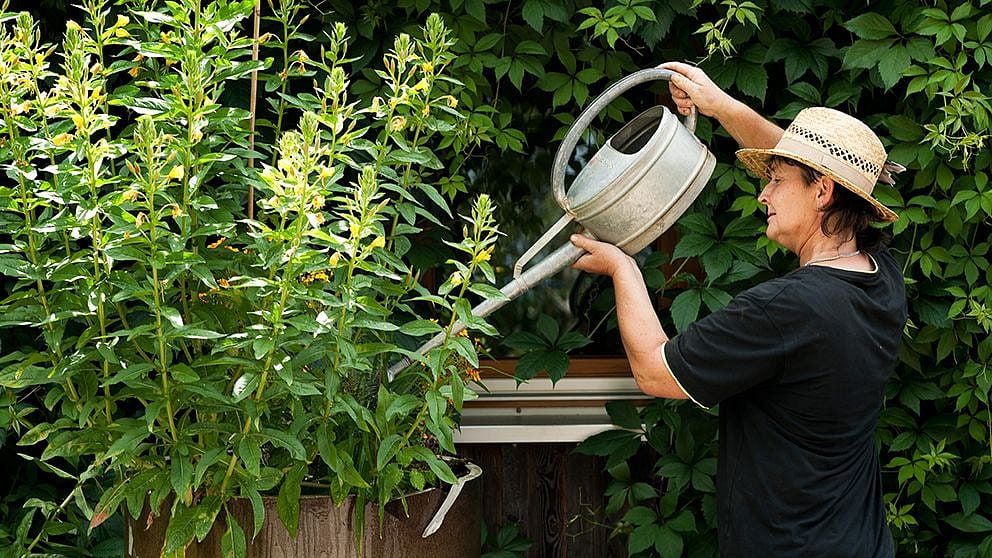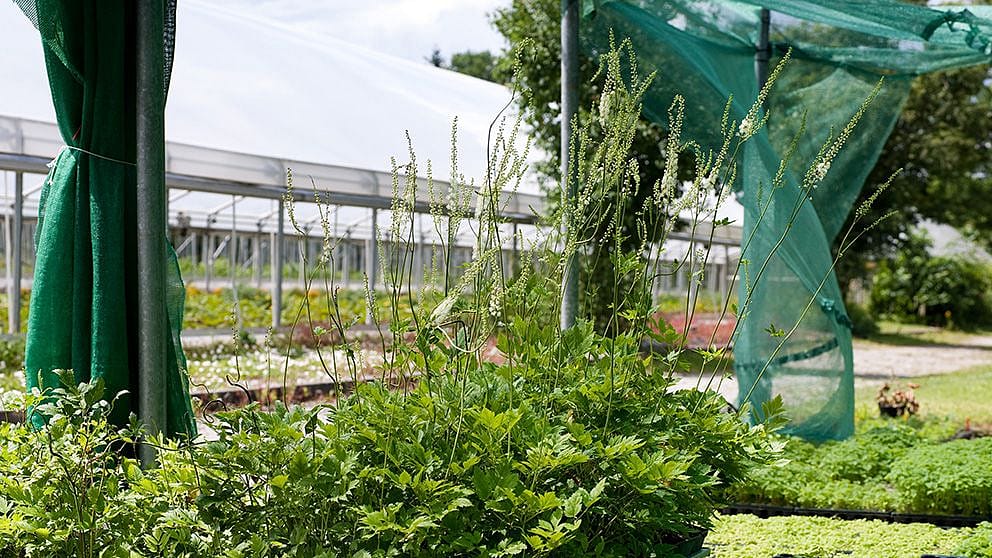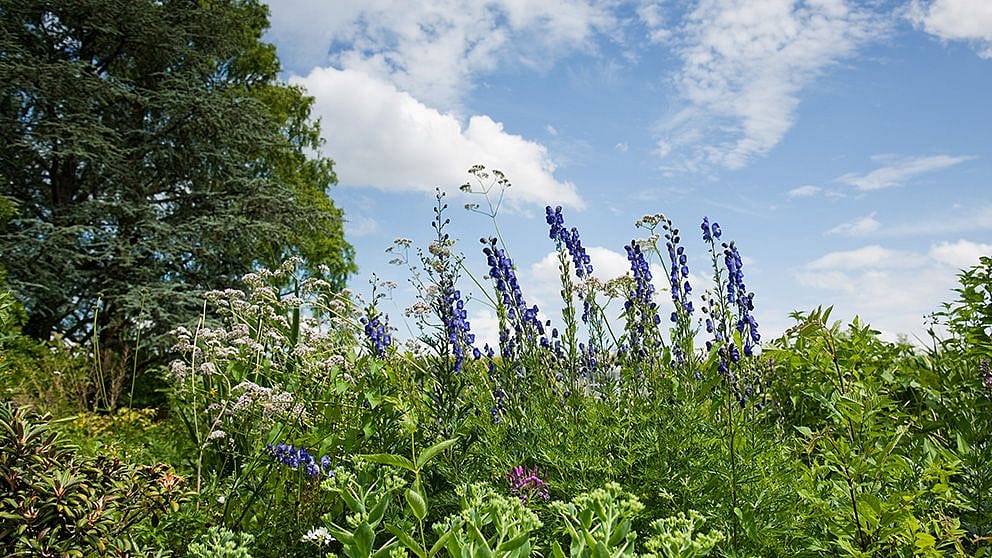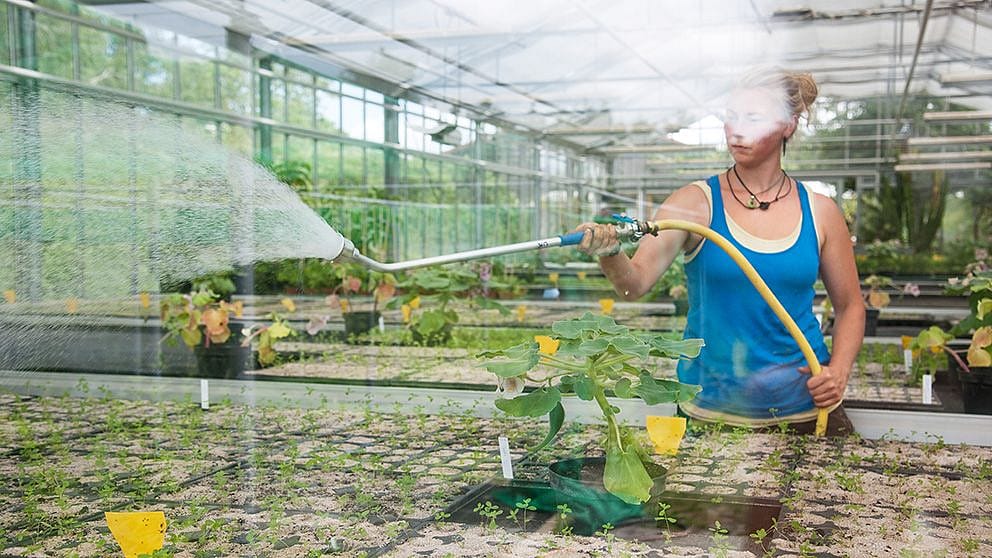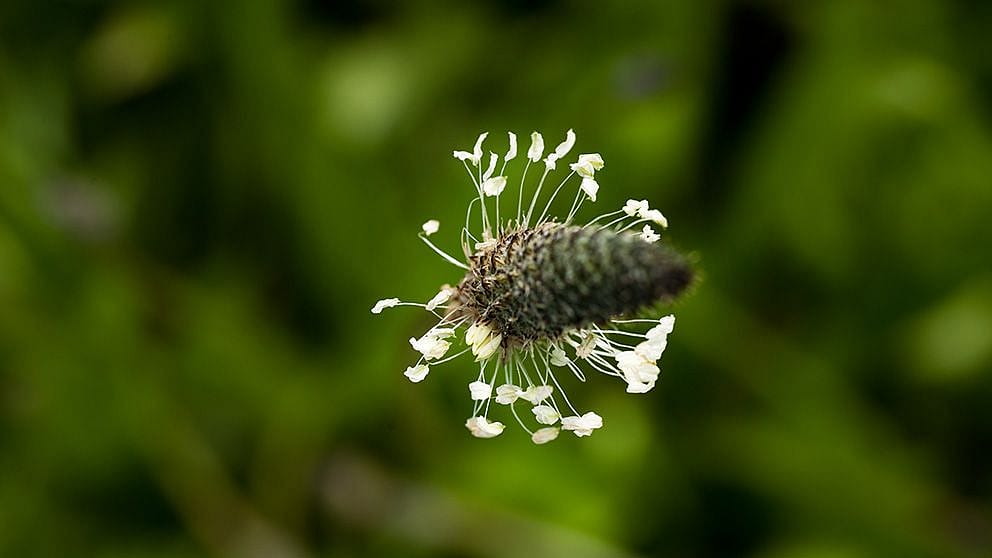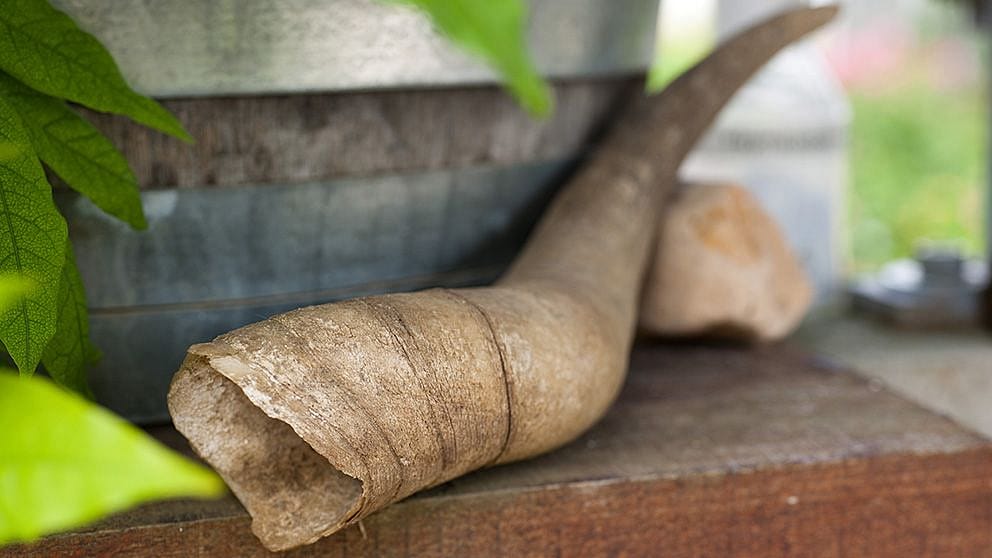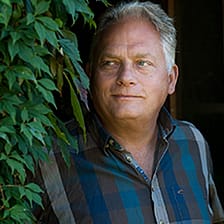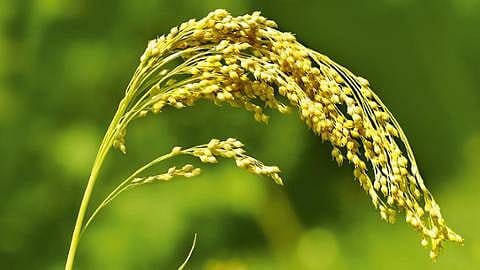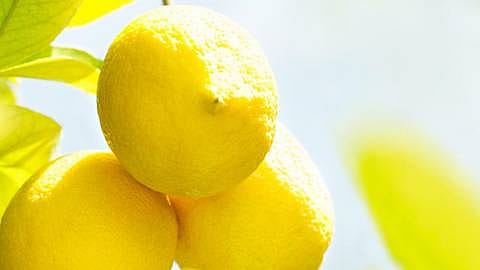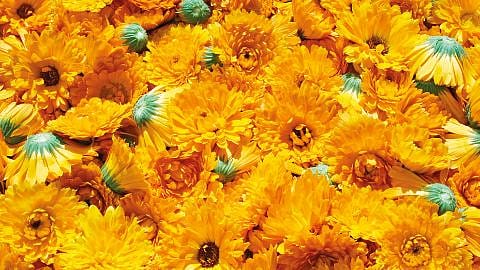The Wisdom of Our Gardeners
Join us on an excursion to Weleda’s garden in Schwäbisch Gmünd in southern Germany, where its director Michael Straub explains how our medicinal plants promote health.
How Plants Give Us Health
Our primary task here at the plant garden is to connect with the surrounding nature and to read from the pages of its book, so to speak. It makes a difference whether we say that a plant contains certain substances, or if it provides them to us, as a gift.
Our most important tools is plant observation
The heavy, fresh scent of thyme has always been one of my favourite fragrances. One of our cough medicines uses natural thyme extract as an active ingredient. Thyme’s warming properties that can be immediately felt as it spreads pleasantly throughout the body. In the late afternoon, I enjoy going into the garden to pluck a few sprigs of thyme to steep in boiling water. Thyme tea has a long-lasting, energising effect. It’s as if this medicinal herb would pass on the heat that it absorbs from the sunlight. As if it would protect your body from the inside out. Why is that so?
As head of the Weleda Medicinal Plant Garden here in Wetzgau near Schwäbisch Gmünd, I am lucky to be able to deal intensively with such questions. One of our most important tools is plant observation, which combines intuition with detailed observation. If I want to consider a plant and its phenomena more closely, I’ll take a folding chair, paint box and easel with me into the garden. Drawing sharpens your attention to the matter at hand. When I draw the shape of a plant, I have to concentrate and disregard any unrelated thoughts that might pop up.
If nature is in equilibrium, we need only intervene in exceptional cases – as always exercising great care.
Michael Straub, director Weleda Garden Germany
Our garden is a happy place. Growing within this lively organism are plants that provide us not only with their natural substances, but also their natural healing power.
1000
plant species on 23 hectares
140
species are used for the production of medicines and natural cosmetics
You notice details that might have otherwise been missed
Being alert and focused entirely on the plant intensifies your perception of it. You notice details that might have otherwise been missed, such as how strongly thyme expresses the formation of its essential oil. Its leaves, as well as its blossoms, are covered with countless oil glands. The tiny glandular hairs can be seen on the flowers with the naked eye, otherwise a magnifying glass helps to identify them more closely. Thyme occurs naturally in the dry, hilly biome of the Mediterranean macchia, where it blooms from May to October in various shades of pale purple and pink. Once you’ve experienced the concentrated forces at work within the thyme plant, you begin to understand it. All of the sun’s energy seems to be absorbed by this tough little plant, which has adjusted to landscapes where springtime tends to be short and summer often comes on full force. By using more of our senses, we can expand our dialogue with thyme to understand even more. For example, its scent becomes more intense if you pluck a few shoots and rub them gently between your fingers. Touch, taste and smell are all ways to come into contact with the plant. I’ve always been impressed by how merely brushing your fingers along a thyme shrub imparts them with its unmistakable fragrance. This is a plant that announces itself!
Indeed, I feel that our primary task here at the medicinal plant garden is to connect with the surrounding nature and to read from the pages of its book, so to speak. It makes a difference whether we say that a plant contains certain substances, or if it provides them to us, as a gift. My first morning tour of the garden sometimes feels like a meditation as I align myself with it, give it my attention. Just because plants can’t speak doesn’t mean that they don’t communicate. A plant reveals itself through the way in which it grows and where it grows. Its location also deserves a detailed look. Here with us, thyme has a beautiful, sunny spot.
We are very much aware of the goings-on in the garden, and observe everything closely. This enables us to give the plants what they need, and in turn, they reward us for our care. It continues to amaze me just how much thyme gives us. And I enjoy sharing my amazement with others. During the tours I give of the medicinal plant garden, I sometimes encourage participants to become better acquainted with this aromatic shrub. Chewing its leaves, we experience what some describe as a radiant warmth that spreads from our mouth and throat into the body. To me it seems that this is how the thyme passes on the rays of the sun that it has absorbed, even when the sun is barely shining. I think of autumn and winter, when thyme makes its grand entrance – for those who appreciate its healing power.
Our garden is a living organism in which everything is related.
I am so fortunate to have a job that expands my awareness of nature’s forces every day a little bit more. Our work here in the medicinal plant garden builds on two pillars. One is the observation of plants, which teaches us a lot about the character and needs of individual plant species. The second is the understanding that our garden is a living organism in which everything is related. And where a lot regulates itself if one recognises and respects these relationships.
Take, for example the realisation that the self-healing forces of a garden increase proportionally to its diversity. In our garden, we always tried to increase the existing diversity. So it sometimes happens that a small meadow is quite intentionally left unmowed, allowing small islands of plants to remain intact. For us, weeds are not treated as pests, but as companion plants that have their own purpose – it’s a small but important distinction. Animals are another aspect of farming and the sheep grazing at the entrance of our garden are not simply there for the bucolic picture they present to visitors. Every now and again, the sheep are allowed to enter the garden and eat the grass around the meadow saffron, sparing the lawn mower some work. And so it is with many of the things here: ducks help to regulate the snail population. Honey bees and wild bees, which are fortunately present in high numbers, are also great helpers in many ways.
Nature and Human Beings
If nature is in equilibrium, we need only intervene in exceptional cases, and often only on individual plants, as always exercising great care. For example, we strengthen our plants using an infusion of weeds in water. Beneficial insects such as lacewings and parasitic wasps help us in the greenhouses. And of course, we ensure that we have a good compost. Compost is made from the leftovers from the garden – some see it as waste. For me, compost is the heart of the garden. This is where everything stops and begins again to compose its elements anew. But ultimately, what makes a difference is not only the material, measurable or predictable context, such as the mineral composition of the earth and its humus content and acidity or micro-organisms. It’s also important to integrate cosmic and terrestrial forces in the natural cultivation cycle, which in the past was a common practise that was considered perfectly normal.
A truly special experience in spring is when we bury cow horns packed with ground quartz crystals in the earth, exposing them to the forces of summer. In autumn, we dig them out again, and apply their contents in the following year as a fine spray on the plants. This enables the plants to better absorb the energy transmitted by the sun’s rays and supports them in their growth and flowering processes. Its positive effect is reflected in the strongly rooted soil of our biodynamic farm.
As a gardener, I want to do more than simply take satisfaction in the blossoming or fruit-producing plants. When I say that our garden – which comprises both the soil and the plants – an “organic whole” which thrives best through communication, this also implies that communication is never one-sided. Interestingly enough, the plants often seem to be a step ahead of us here, while we humans have to struggle hard. It was hard work, for example, to recognise the properties of the bittersweet nightshade (Solanum dulcamara), which is also used as an ingredient in one of our cough medicines. Somehow the plant seemed foreign to me, despite being native to this region.
I decided to consult a foundational book by the famous botanist Wilhelm Pelikan, in which he identified a relationship between bittersweet nightshade and catarrh of the respiratory tract. But why? I have often held that thick book in my hands and sensed the wisdom within its pages. In this case, however, a concrete explanation was missing. In such situations, it helps to go outside, to walk away from the theory – and head for the plant. Many a time I stood at the edge of the field, where the bittersweet nightshade grows between the cotton thistle and the chestnut trees. We use the hand-harvested shoot tips of this sprawling shrub in our cough medicine. Since all parts of the plant are highly toxic, we only use it in potentised form. It was clear to me that Pelikan, who wrote how the plant could help with “clenching”, meant that respiratory infections only subside when mucus build-up is loosened. But what could be learned from the plant in this context? When used in medicines, bittersweet nightshade acts against coughs as an anti-inflammatory and antispasmodic.
In my mind’s eye, I saw the plant in its wild growth, its shoots seeming to have a mind of their own as they wind their way across the ground, sometimes clinging to other shrubs. Why would a plant do that? In our medicinal plant garden, we support the natural habits of the nightshade plant with trellises, where the vine grows upwards almost head-high. I looked at the flower – a small violet star with a bright yellow centre full of stamens. A long stem keeps the blossom at a distance from the rest of the plant, almost detached. In nature, there is a reason for everything, nothing happens haphazardly. My gaze wandered along the trellis down to where large parts of the vine become woody. Two-thirds of the bittersweet nightshade want to grow and spread. But then there is the third, wooden part, which supports the plant and gives it shape. This part of the plant is essentially the tree. Without it, the bittersweet nightshade wouldn’t have the strength to straighten itself up and branch out so easily. This ability of the plant to overcome rigidity sets an example for the human organism to loosen thick mucus and enable it to flow.
Moments like this make me stop in amazement. Is it far-fetched, the wish to find parallels between the shape of a plant and its healing properties? We shouldn’t forget that focusing solely on a plant’s chemical substances is a relatively new practise. Let’s dare to decipher the essence of a plant.
